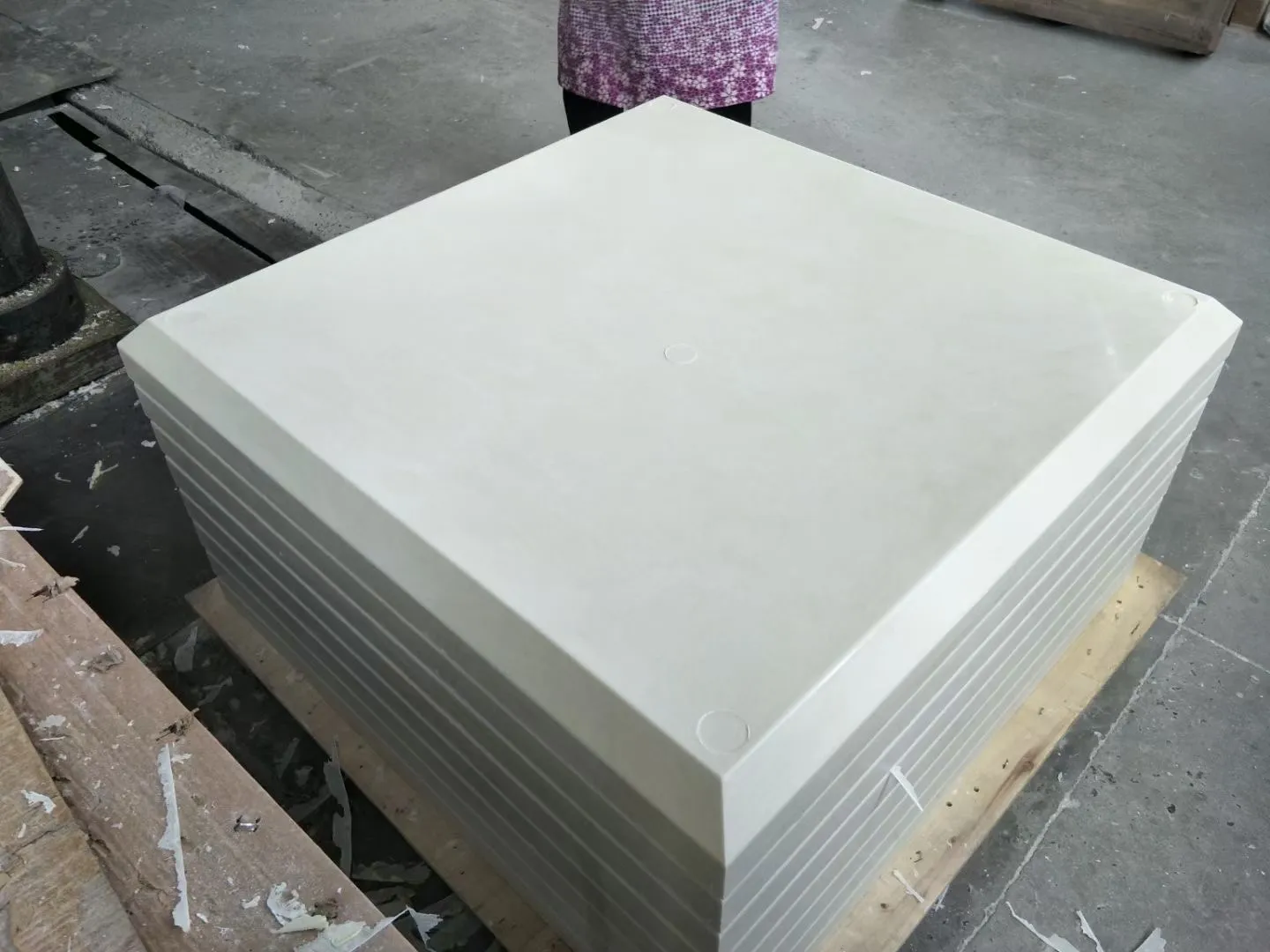loading...
- No. 9, Xingyuan South Street, Dongwaihuan Road, Zaoqiang County, Hengshui, Hebei, China
- admin@zjcomposites.com
- +86 15097380338
- Welcome to visit our website!
water treatment systems
An Overview of Water Treatment Systems
Water is a vital resource for all forms of life on Earth. It is essential for drinking, agriculture, sanitation, and industrial processes. However, as population growth and industrial activities increase, the demand for clean water has intensified, leading to the need for effective water treatment systems. These systems play a crucial role in ensuring that we have access to safe and clean water, making them an essential part of modern society.
The Importance of Water Treatment
Water treatment is the process of improving the quality of water to make it suitable for a specific purpose. This could include drinking, recreation, agriculture, or industrial use. Untreated water from natural sources often contains impurities, such as bacteria, viruses, sediments, and harmful chemicals. If consumed or used inappropriately, such contaminated water can lead to serious health risks and environmental issues.
Water treatment systems not only help to remove these contaminants but also protect public health by preventing waterborne diseases. By treating water before it reaches people's homes, these systems ensure that the water is safe for consumption and suitable for its intended use.
Types of Water Treatment Systems
Water treatment systems can be broadly categorized into several types, each designed to tackle specific contaminants and meet different usage needs.
1. Municipal Water Treatment Systems These are large-scale facilities that treat water for public consumption. The process typically involves several steps, including coagulation, sedimentation, filtration, and disinfection. Coagulation involves adding chemicals to the water to clump together impurities, which then settle to the bottom. Filtration removes smaller particles, while disinfection, often using chlorine or UV light, kills pathogens.
2. Wastewater Treatment Systems Wastewater treatment plants process water that has been used in homes, industries, and businesses before it is released back into the environment. This process usually involves primary treatment (removing solids), secondary treatment (biological processes to degrade organic matter), and tertiary treatment (advanced filtration and disinfection). Effective wastewater treatment helps prevent pollution and protects aquatic ecosystems.
water treatment systems

3. Point-of-Use Water Treatment Systems These are smaller systems designed for home or office use. They can be installed at specific points, such as under sinks or at the faucet. Common types include reverse osmosis systems, which remove a wide range of contaminants through a semi-permeable membrane, and activated carbon filters, effective at reducing chlorine and volatile organic compounds.
4. Rainwater Harvesting Systems As an alternative water source, rainwater harvesting systems capture and store rainwater for various uses. The collected water typically undergoes filtration and disinfection to be safe for drinking and irrigation. This not only provides an additional water source but also alleviates pressure on existing water supplies.
5. Desalination Plants In regions with limited freshwater sources, desalination plants convert seawater into potable water. This process involves removing salt and other impurities through techniques like reverse osmosis or thermal distillation. Desalination has become increasingly important, especially in arid and coastal areas.
Challenges and Future Directions
Despite their importance, water treatment systems face several challenges. Aging infrastructure, funding limitations, and emerging contaminants (such as pharmaceuticals and microplastics) complicate traditional water treatment approaches. Furthermore, climate change and population growth demand more innovative and sustainable solutions.
Future developments in water treatment technology may focus on enhanced efficiency, integration of renewable energy sources, and greater emphasis on water recycling and reuse. Advancements in nanotechnology, membrane filtration, and biological treatment processes hold promise for improving the effectiveness and sustainability of water treatment systems.
Conclusion
Water treatment systems are indispensable for safeguarding public health and preserving our environment. As the global demand for clean water continues to rise, investing in and innovating these systems will be crucial in ensuring sustainable access to safe water for future generations. By addressing current challenges and adopting new technologies, society can continue to thrive in a world where clean water is not just a privilege but a fundamental right.
-
GRP Structures: The Future of Lightweight, High-Performance EngineeringNewsJun.20,2025
-
FRP Water Tank: High-Performance Storage for Corrosive and Clean Water SystemsNewsJun.20,2025
-
FRP Square Tube: The New Industry Standard for Chemical and Structural ApplicationsNewsJun.20,2025
-
FRP Pultruded Profiles: The Ultimate Choice for Lightweight Structural StrengthNewsJun.20,2025
-
FRP Handrails: The Safer, Smarter, and Stronger Choice for Modern InfrastructureNewsJun.20,2025
-
FRP Grating: The Smart Solution for Durable, Lightweight Industrial FlooringNewsJun.20,2025
-
Why Choose a Galvanized Water Tank for Your Storage NeedsNewsMay.21,2025
